Are you a music lover? Suppose you just got ten free minutes from your busy schedule, and you want to listen to the track you heard on the bus last weekend. Now, what will you do? Will you first download it? If yes, then you will lose much of your time by downloading it. Now, this is where the Spotify-like App comes into play.
With lives getting busier these days – physical music sales have dropped dramatically, and people are no longer interested in downloading the tracks they want to listen to. Downloading also fills the phone’s storage. So people prefer music streaming music apps like Spotify, where they don’t need to download their favorite tracks one by one.
Thanks to music-streaming apps like Spotify, people are listening as much as they want in their homes, workplaces, or whatever other areas where their mobiles can connect with the internet. You can listen to any track of your choice without downloading the entire track.
Before we dig further, here are some Spotify facts you should know.
- Spotify was founded in Sweden in 2006.
- As of 2021, Spotify is available in a total of 79 countries and counting.
- There are over 55+ million tracks available to listen to on the app. (Including regional language)
- In 2011 Spotify was introduced to the United States.
- In 2019 Spotify launched its services in India.
Why consider a music streaming app?
Music is a part of every individual’s life, whether it’s a worker, student, or CEO of the company. Everyone loves to listen to their favorite track. And especially in India, where telecom operators are offering cheap data plans. This also boosted music streaming apps like Spotify, where people don’t mind using their data for music.
If we’re talking about music services – there are online radio stations and music streaming services available, like Spotify. That’s how users enjoy quality, easy-accessible sound spots.
What’s more, people globally shift their devices to do anything they want. Old are those days when people use the mobile phone just for calls. As per a report in Economic Times, 97.4 million people in urban India listen to music on the internet, and 75 percent of this traffic comes from mobile phones. It means that an enormous number of the population uses music streaming apps.
But there is more to go!
- The global music streaming market is growing steadily — the global subscriber base is
estimated to reach 2.81 billion by 2025. - Music Streaming Application Market is projected to reach $17.50 Billion by 2025.
- Statista report said 14% of the population use paid music streaming services several times a day.
- There are 186 million digital music users in the U.S., and Spotify has over 200+ million active users, more than approximately 109 million paid subscribers, and about 40% of the global music streaming market.
Current leaders of the music streaming market
There are majorly three leaders in the sound streaming market (as per market share), including.
- Spotify with 36% market share
- Apple Music with 19%
- Amazon Music counting 12% market share
All music streaming services have multiple benefits, including:
- Quick accessibility to music
- Affordability
- Unlimited storage
- Social engagement
With the above information, you can see the services appear to be outstanding because of these standard features- they are effortless, intuitive, and easy to use.
The outstanding idea behind Spotify
Before stepping in, let’s discover the inner logic behind Spotify.
- Spotify stores music on multiple servers.
- To stream a track on your mobile, Spotify finds it on one of the millions of servers and immediately sends it to your device.
- Servers, in this case, are computers and all other gadgets of Spotify’s subscribers.
This concept is effective rather than hitting servers with requests to download the music. At the same time, you become an important link for the global social music sharing network, which is engaging too. And, it allows users to listen to all this music legally by paying royalties to authors.
Cost forming factors of building music streaming app like Spotify
A city you can’t build in a day, and the same thing goes for an application. See, you can not make another Spotify app (replica) because it is unique. But you can build a better app than Spotify, but it’s not a cakewalk. It takes a lot of research and strategy to develop an app like Spotify. Most importantly, it depends on whom you have hired (agency). It’s not an easy task for every app development agency, but many outstanding agencies can develop a fantastic music streaming app.
There is a process involved in creating a music streaming app. In brief, it looks like this:
- Planning and estimating
- Finding tech crew
- Designing the app Like Spotify
- Deciding on a Platform
- Getting licensed
- Developing features
Let us take a closer look at each of these stages.
1. Planning and estimating
Before getting down to developing a music app:
- Prepare and stick to the planned concept of the project.
- Check out the main competitors, check out what is so special about them and how to outrun them.
- Figure out what features or specifications you like and dislike in their (competitors) music app.
Of course, not all niches in the music streaming industry are taken, but you have to research and find a solution to why people should use your app? To get the more accurate data, you have to collect your target audience’s data, like their age? How do they live? Why do they need you? Last but not least, why is your music streaming app superior to Spotify? If you find the answer, then no one can stop you.
2. Finding Tech Crew
When you finally set a vision of what your product will be, it’s time to find the team who can match your vision and build an app for you. There are lots of factors to consider (e.g., rates, location, language and time zone differences, etc.) to consider while finalizing down with one agency.
Pay attention to the past work of the company. Do they have relevant experience in creating music streaming apps? Is their reputation good in the market? You can go as far as checking out their applications in the Play Store and App Store. Always prefer those agencies that have fresh, innovative minds because sometimes agencies with ample experience can backfire. For example, if a company has developed 50+ applications and when your application is ready, you might see the similarities between the two apps. On the other side, a fresh, innovative mind can make something extraordinary and innovative, which will appeal to you and your users.
3. Designing the app like Spotify
When you have found the agency that will make your music streaming app, proceed to create wireframes for the project. The main purpose of the application has to be understandable. Every action and feature has to be straightforward and user-friendly. Always remember users love apps that are easy to use with new features.
The time spent on making a prototype depends on how thoroughly you thought out what you want from the finished product. Make sure to analyze and research your main competitors and learn from them. Pick up the best parts from your competitor’s app, and look at the app like a user would, not like the owner.
4. Getting licensed
There is no way you will be able to copy someone’s original composition and distribute it everywhere. The copyrights procedures should be followed strictly. Otherwise, a lawsuit is in store for you.
To provide users with high-quality audio, you have to get a Public Performance Rights License (PPRL). Moreover, a share of revenues will have to be paid to that artist as royalties for using his/her music.
5. Developing features
Authentification
Spotify utilizes the freemium business model to use their services; you have to sign up and get access for a limited period. Once the trial period is over, you have to purchase the subscription (Spotify Premium) to access the whole service. Services include digital music, podcast, and video streaming service that gives you access to millions of songs and other content from artists worldwide. Also, Spotify is connected to Facebook and Instagram, which allows users to sign in through their accounts.
Developing this feature is going to require 26 hours of front-end time and 16 hours to build the back-end part.
Music streaming
The streaming method does not require the complete file to be downloaded. You have to make sure that the stream is steady and uninterrupted to hear the clear sound without any stops.
A simple MVP will take about 60-80 hours for the front-end and 50 hours for the back-end part. However, building a music streaming feature like the Spotify app will take approximately 600+ hours (350+ hours for front-end including caching and 250+ hours for back-end without scaling).
Search
Spotify allows users to choose songs from tons of playlists and select the one song that suits their mood or, in short, tracks users want to hear. Aside from that, users can easily search the track by album, artist, or a particular genre in the search option.
The MVP needs approximately 50-60 hours to develop the front-end and 50 hours for the back-end.
Sharing music
The app has taken after a social network in giving the ability to see the playlists of friends and share liked tracks with them in the app. Or you can copy the song link and share the track on any social media platforms.
Front-end: 5 hours per platform
Back-end: 60 hours
Playlists
A whole team is dedicated to creating appropriate playlists suitable for an occasion like having a road trip with a family or enjoying a party with friends. Moreover, users can set up their own favorite music collections on their own. These playlists can be shared on Spotify.
Front-end: 40 hours
Back-end: 70 hours
Offline mode
This feature enables users to listen to their favorite songs without an internet connection; well, you heard it right. Spotify uses the local storage of the device to cache the audio data.
Front-end: 40 hours
Back-end: 20 hours
The time needed to develop an MVP of similar music streaming apps like Spotify will take approximately 550-600 hours of working time. However, if you target the same quality and usability as in Spotify, multiply this number by 2 or 3.
The approximate overall cost of developing a music streaming app like Spotify
Depending on the rough estimate in the table given, we can say that the average music streaming app’s development will take a minimum of 530+ hours (development time). So the sole development is going to cost around $15-50K. We covered only the essential features of a music streaming app, which is only the tip of the iceberg.
Feature | Front-end | Back-end | Total (hours) |
Authentification | 24h | 16h | 40h |
Music streaming | 80h | 60h | 140h |
Search | 60h | 50h | 110h |
Sharing Music | 5h per platform | 60h | 65-70h |
Playlists | 40h | 70h | 110h |
Offline Mode | 40h | 20h | 60h |
530 hours (Approx) |
The secret behind Spotify’s success
Every music streaming app can not be successful like Spotify; now the question is, why is it so popular and successful? The simple answer is it gives the user what they want. They understand users’ choices and preferences by analyzing and collecting a large amount of data from the users with the algorithms they developed.
While the basic Spotify technology stack may look quite easy: they build the app relying mainly on Python and JavaScript, and PostgreSQL combined with a memory caching system to save the music directly on the device you’re using, the true fame should go to the discovery algorithms.
To enhance the user experience, companies offer their users an option to like or dislike songs they listen to. So, whenever a user likes the music. The details or the information is stored in the user’s preferences section combined with the artist’s name, album, song, and more. And from there, you started to receive songs from that artist. In short, Spotify creates a personal playlist for you.
With time, the analysis will improve user experience, but the cost of storing space and developing algorithms for analysis will require additional costs.
As the amount of users’ data increases, you will have to improve or implement new algorithms to better the music recommendations system and regular discoveries.
For instance, Spotify uses Echo Nest API, which utilizes data mining and machine learning (ML) technologies to gather information on what user listens to daily, what artists or songs are most or less favorite. This information is used to develop personalized playlists for the user. It works on proposing suitable music for every moment of the user’s life.
Conclusion
This article covered the estimation cost and work duration of music streaming applications like Spotify. Therefore, the initial cost of developing an app starts at $15k (minimum) and can increase if you want to develop a music streaming application that has the full potential to be successful and work like Spotify. As a result, the developing cost will also increase, and it can even go up to $50k+ (estimated). But you have to be sure what all features you require and what all facilities or what benefits you’re going to offer to your users. It is advised to craft the right plan and implement it carefully.
You can hire music streaming App development companies in India. If you want to develop your own music streaming apps like Spotify, you must consider back-end costs, costs for development on Android and iOS, and fees for additional tools.
Contact the Cmile team to develop a music streaming app and accurately calculate the cost for music streaming apps.

Founder of Cmile. Expert in mobile app📱 & web🌍 development. Passionate about technologies💻. On mission🚀 to digitally solve people’s problems. Love to use emojis✌🏼









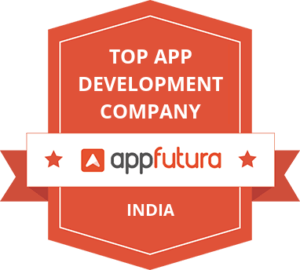

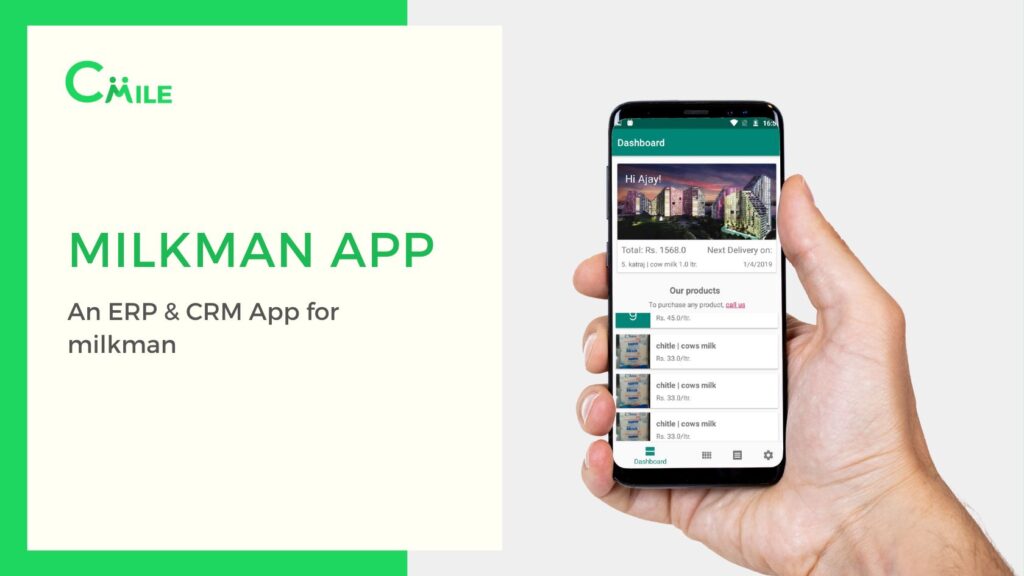
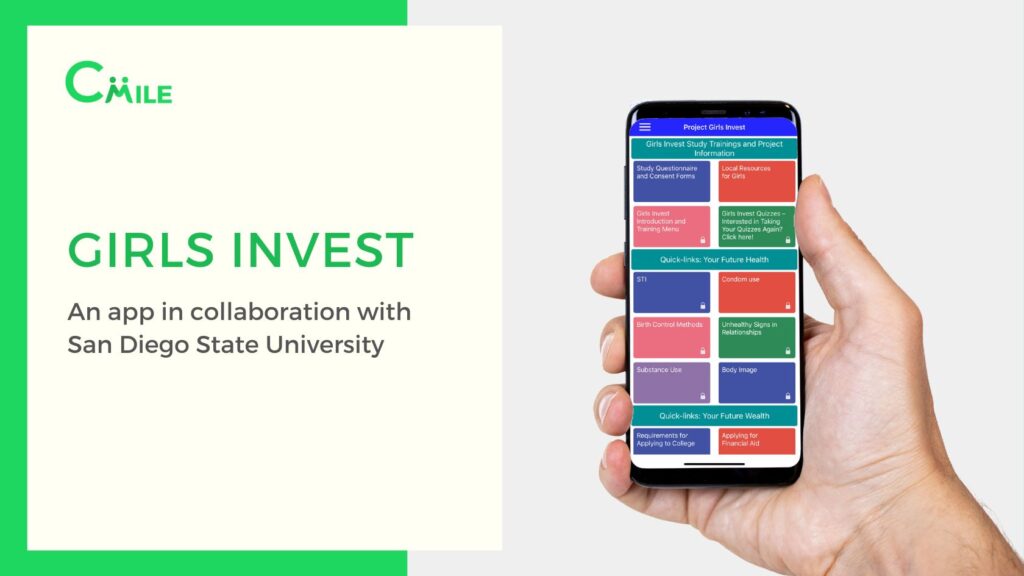
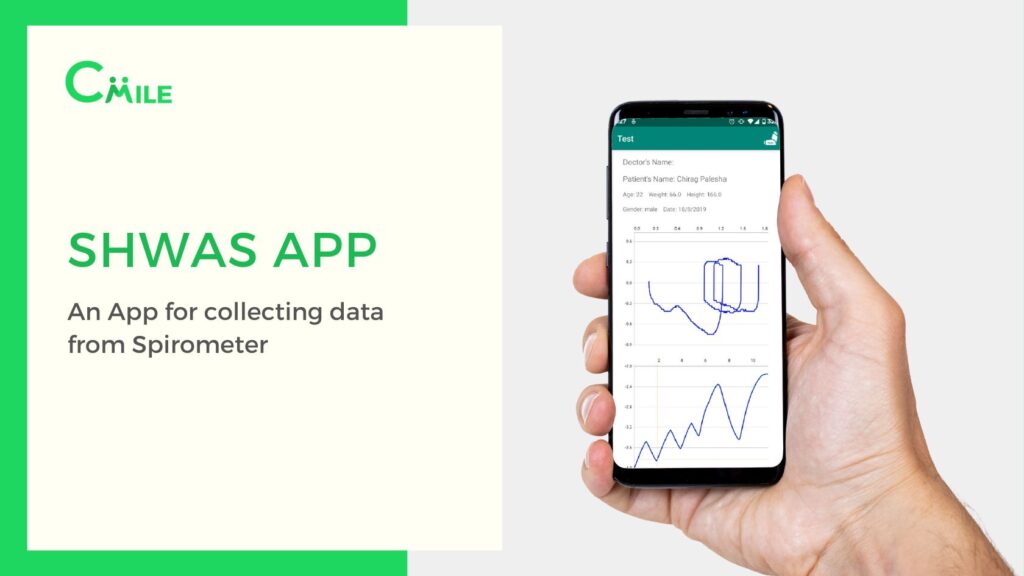
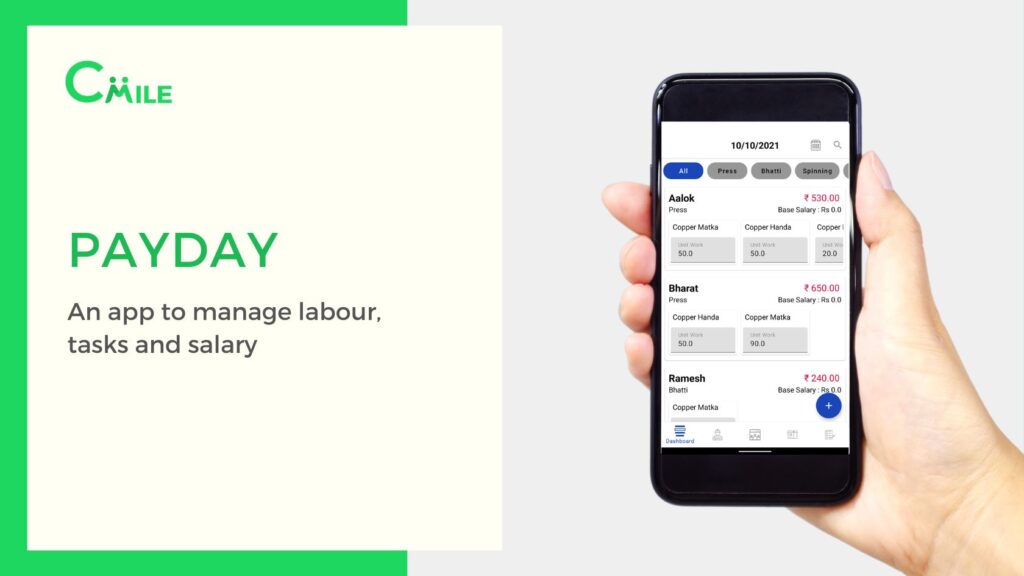
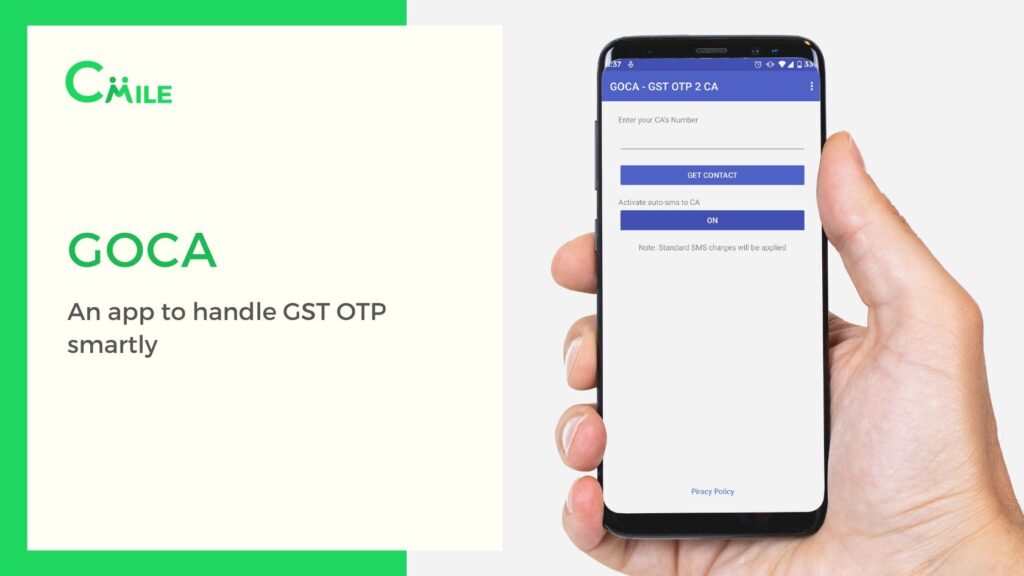
Amazing! Its genuinely amazing paragraph, I have got much clear idea about from this piece of writing.|
Wonderful post! We are linking to this particularly great content on our site. Keep up the great writing.|
Great goods from you, man. I’ve take into account your stuff previous to and you’re simply extremely great. I really like what you have acquired right here, certainly like what you are stating and the way in which you are saying it. You are making it enjoyable and you still take care of to stay it sensible. I can’t wait to read much more from you. That is actually a terrific web site.|
Great information. Lucky me I found your site by accident (stumbleupon). I’ve book-marked it for later!|
Generally I don’t read article on blogs, but I wish to say that this write-up very forced me to check out and do so! Your writing style has been amazed me. Thank you, very great article.|
Wow, this piece of writing is pleasant, my younger sister is analyzing such things, thus I am going to tell her.|
Quality posts is the key to interest the people to pay a visit the website, that’s what this site is providing.|
These are genuinely enormous ideas in about blogging. You have touched some fastidious factors here. Any way keep up wrinting.|
This post is worth everyone’s attention. When can I find out more?|